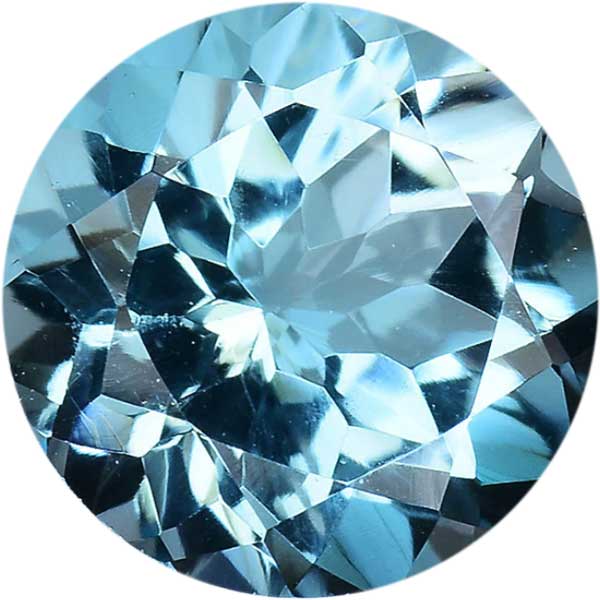Each month is traditionally associated with a gemstone, which makes birthstones a simple and meaningful way of personalising a piece of jewellery. Use the chart below to identify the birthstone (or birthstones) associated with a particular month. Check out our birthstone bracelets here.
January birthstone: Garnet
Red garnet is one of the most popular options for January’s birthstone. However, for those of you looking for something a little untraditional, check out options like the vivid green tsavorite garnet, the honey/orange hessonite garnet or the wine-coloured rhodolite garnet.
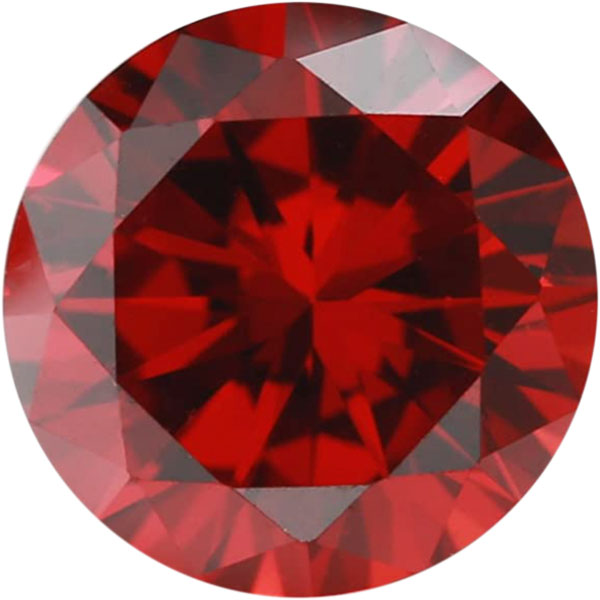
February birthstone: Amethyst
Amethyst is a variety of quartz and comes in beautiful purple hues, from deep violet to pale lilac shades. High quality amethyst can show flashes of red and blue. A little known fact is that the Ancient Greeks believed that amethyst would protect its wearer from drunkenness!
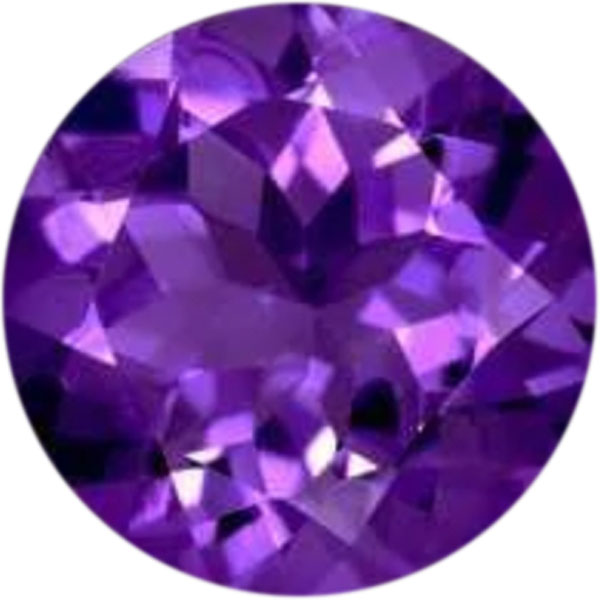
March birthstone: Aquamarine
Aquamarine is a lovely gem for those with an affinity to water (in Latin, it translates to Water of the Sea). It’s most commonly seen in light blue and blue-green hues.
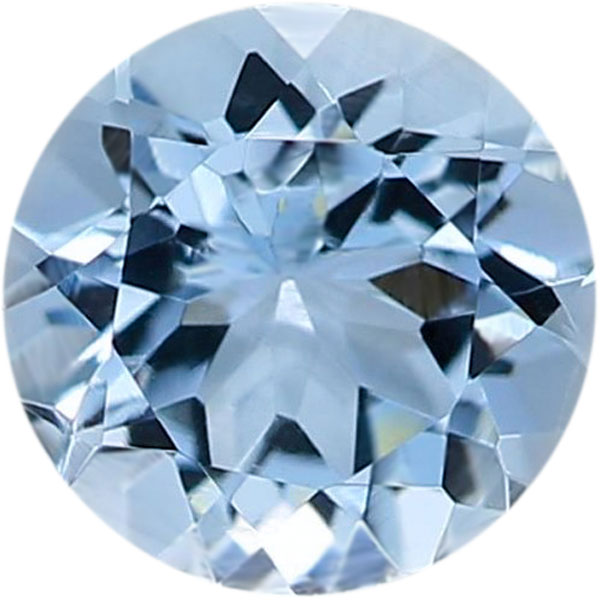
April birthstone: Diamond
Diamonds are loved for their hardness and sparkle. You may be familiar with traditional white diamonds, but did you know they also come in colours such as champagne, chocolate, grey and pink? Salt and pepper diamonds (diamonds with a mix of black, white or coloured inclusions) are also growing in popularity for those looking to add an unconventional edge to their jewels.
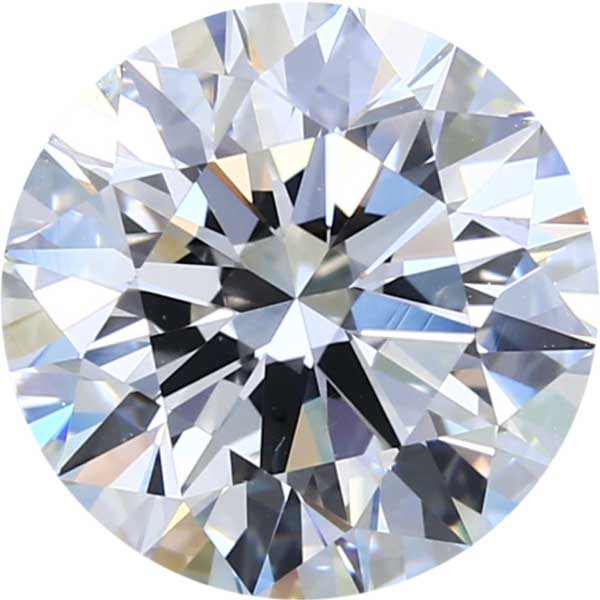
May birthstone: Emerald
Emerald is one of the four “precious” gems, famed for its striking green hues. Inclusions (imperfections within the stone) are common in emeralds so they can need a little extra care when worn in jewellery.
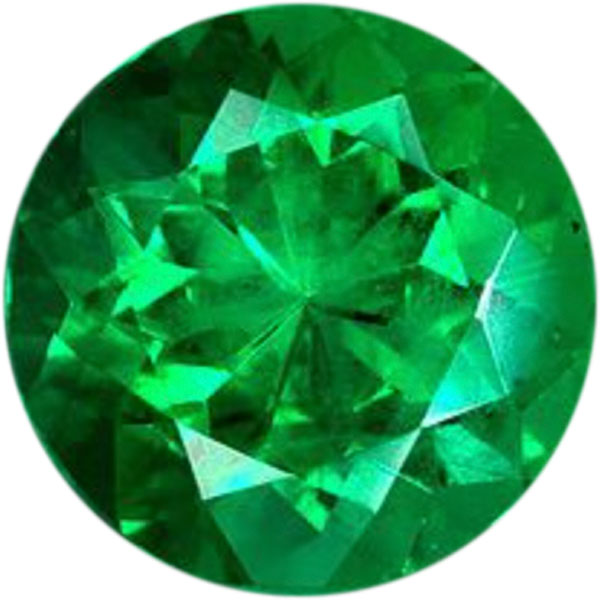
June birthstone: Alexandrite
Alexandrite is an extremely rare colour change gemstone, appearing blue/green in sunlight and red/purple in incandescent light. Due to its rareness and high price, many options on the market are either lab created varieties (optically and chemically identical to natural alexandrites), or lab created simulants (gems created to imitate alexandrite’s colour change effect). Other June birthstones include moonstone and pearl.
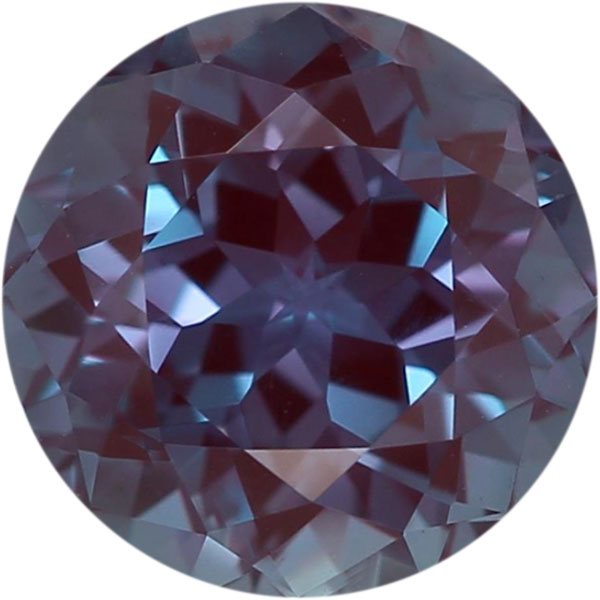
July birthstone: Ruby
Ruby sits with diamond, sapphire and emerald as one of the 4 “precious” gems. Along with sapphire, it’s the second hardest gemstone in the world and is well suited to engagement rings and pieces that need to stand the test of time.
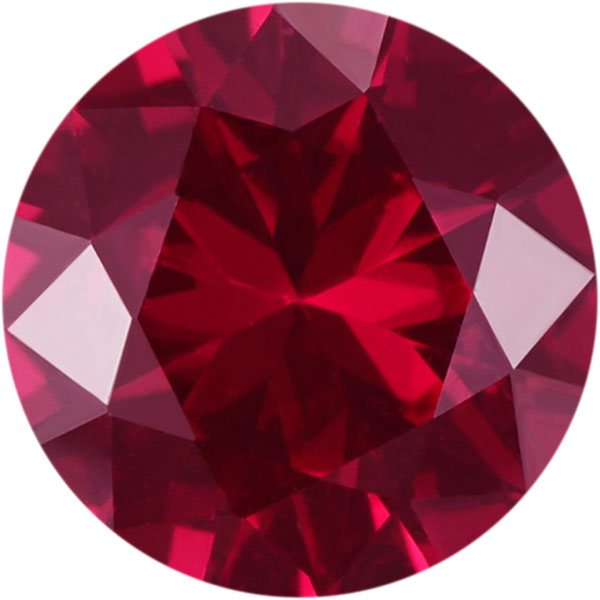
August birthstone: Peridot
Peridot is a vibrant apple green gem. It may come as a surprise that it’s one of the only gemstones in the world that comes in only one colour (although the green can vary in intensity and tint).

September birthstone: Sapphire
Blue is the colour most commonly associated with sapphires. But did you know they come in many other shades, such as pink, yellow, purple, orange and green? If you’re a fan of multi-coloured stones, check out parti-sapphires, which feature more than one colour in a single stone.
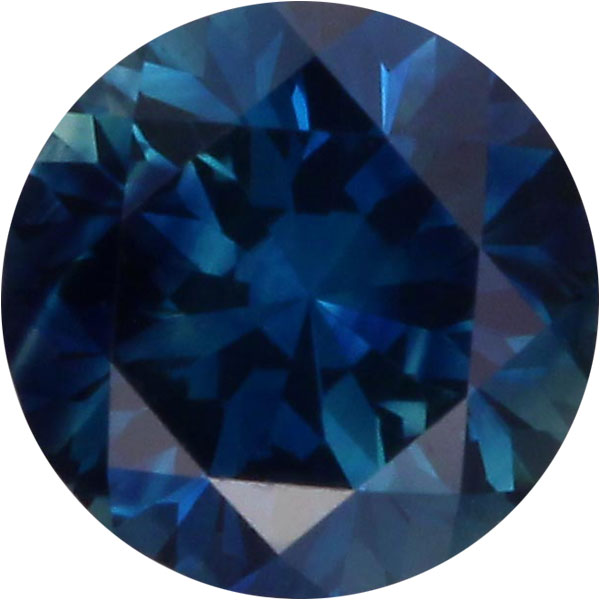
October birthstone: Tourmaline
Tourmaline, known as the “rainbow gemstone”, comes in a wide range of colours including pink, peach, green, blue, and yellow, sometimes with mixes of different colours in a single stone. The most prized is the neon blue-green variety called paraiba tourmaline.
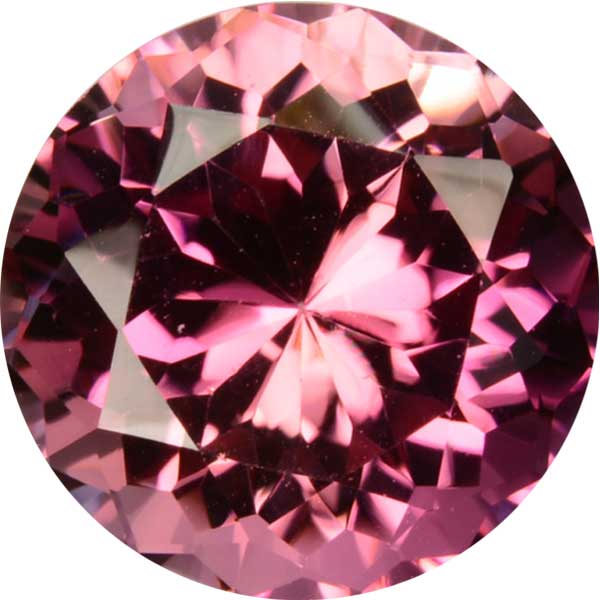
November birthstone: Citrine
Citrine comes in yellow to orange tones and is a great choice for pieces with fiery or autumn hues. November is one of those months that has more than one birthstone, so you can also look to topaz (and its many colours) for an alternative option.
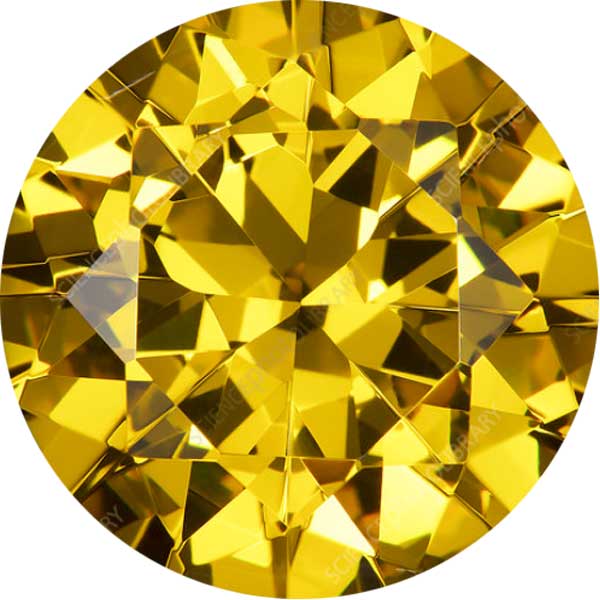
December birthstone: Topaz
Topaz is commonly associated with the colour blue, from pale watery shades to the more vibrant Swiss blue topaz and the deeper London blue topaz. However it does also come in colours such as white, yellow, orange, brown and green. December birthstones also include zircon, tanzanite and turquoise.
